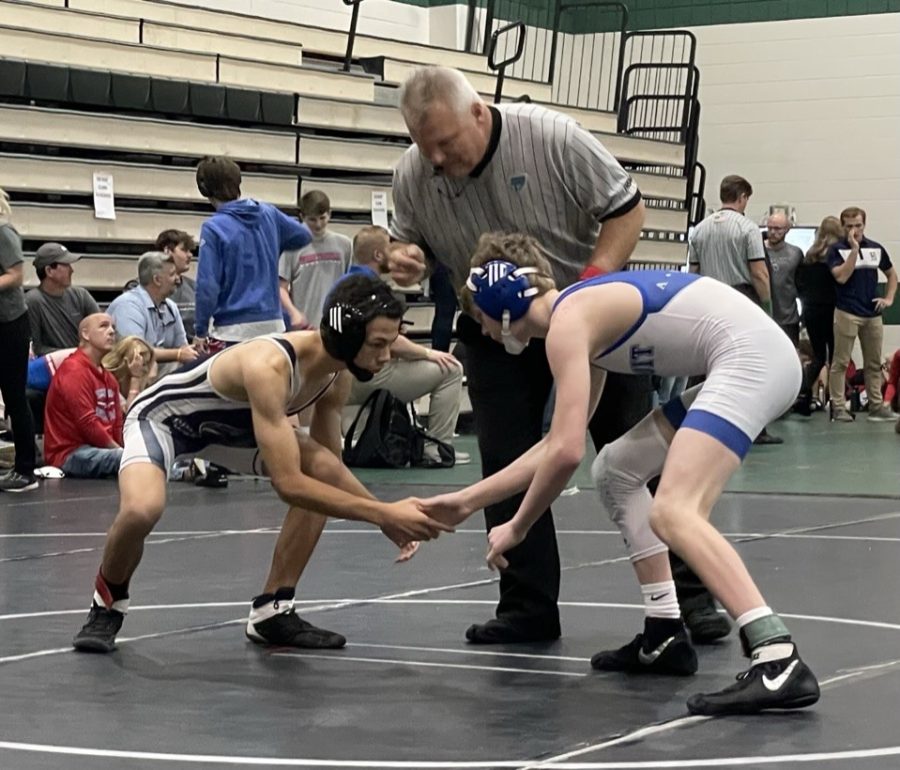The Lady Dolphins Indoor Volleyball team was recently participating in the FHSAA 6a Final Four State Championship match against the private school St. Thomas Aquinas. During the fifth set, match point, a St. Thomas player spiked the ball that grazed the antenna which would’ve resulted in the point being awarded to our team. Although after the referees talked for a few minutes, the point was awarded to St. Thomas, winning them the State Championship over a missed call.
Private schools have massive advantages when it comes to sports. More money that can be given to their sports program for better gear or better training facilities for their teams which is the same reason they should have their own classes separately.
The topic of whether private schools should be allowed to compete against public schools has become increasingly heated. Most are against making these private schools enter a classification all their own, because unified competition lends toward inclusivity and parity. Still, there is an argument in favor of this private school classification. In discussing funding, recruitment, and the interest of the students themselves, the case gets serious.
Where it concerns funding, private schools often operate on much greater budgets compared to their public-school counterparts. The report entitled “Private Schools and Public Education” published by the National Federation of State High School Associations estimates that private schools spend an average of 30% more on athletic programs than public schools. This economic advantage can translate into better facilities, coaches, and training opportunities than in public schools and is therefore unfair and unequal. According to Tom Bradley, athletic director at Crestview Academy, “Our resources allow us to provide our athletes with experiences that the public schools simply can’t match. That makes competition unfair.”
Further, private schools can recruit top talent from a greater geographic area, often siphoning in athletes that might otherwise have no such opportunities in local public schools. This practice tends to give an advantage to private institutions in terms of competition and sets up consistently one-sided matches. “When a private school can bring in athletes from across the state or even the country, it changes the dynamics of competition,” said educator and former coach Linda Ramirez. “Public schools are often left at a disadvantage, something that can be discouraging for students who are simply trying to compete.”
But those opposed to a single-class system believe competition fosters camaraderie and community involvement: “Sport should be celebrated as skill and teamwork, regardless of the size of the school budget.” Mark Jensen, a public-school coach, says, “Mixing private and public schools promotes understanding and sportsmanship-values we should be upholding.”
Eventually, the question is not whether private schools are to be allowed to compete at all, but rather how to ensure that there is fair competition among all student-athletes. A separate classification for private schools may allow for an even competition while still allowing all students to participate in sports they love.
Because high school athletics are continually changing in nature, it is time to reconsider the case of private schools. A different classification would level the playing field and allow for a more open playing field on which every athlete can be recognized for their own abilities. The time has come to build a system that will promise the fair treatment of each young athlete by having an equal chance at success.
















